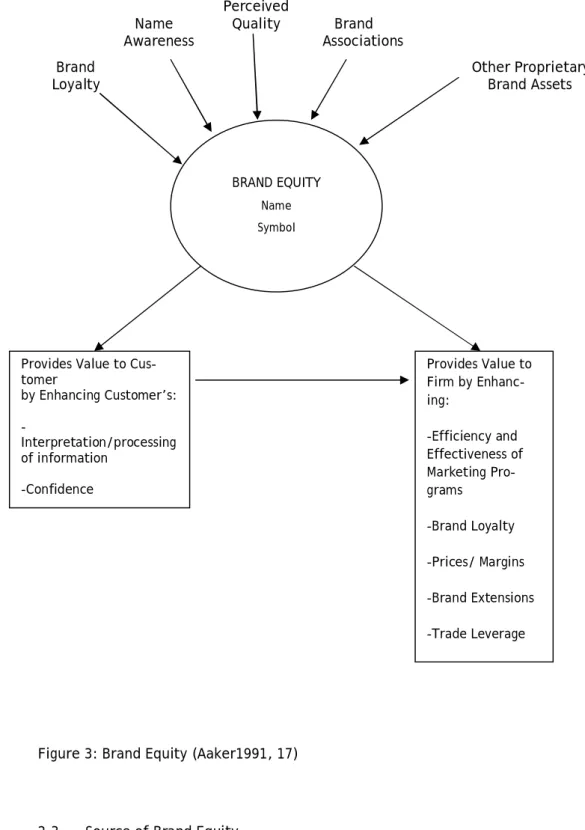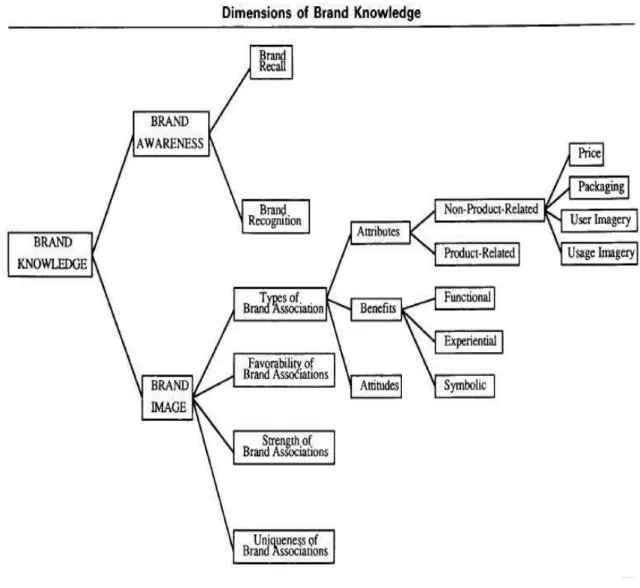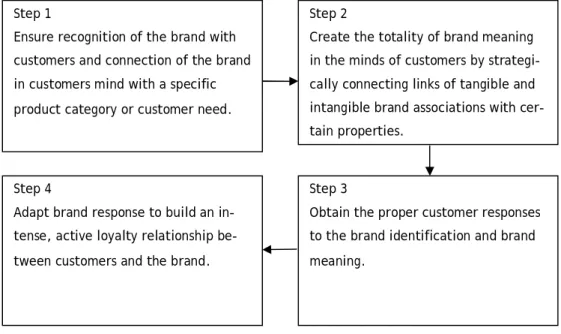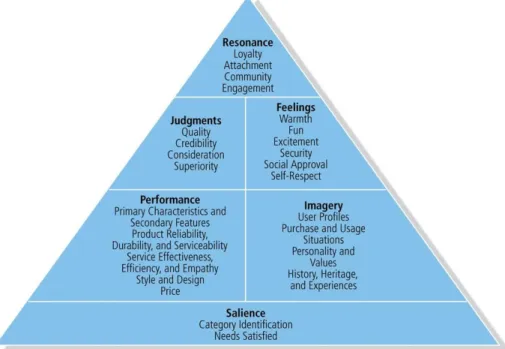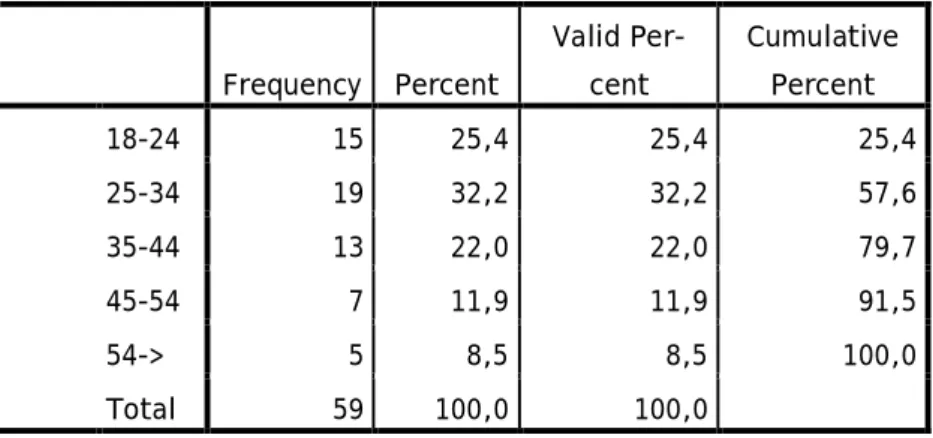It is essential for Steam Coffee to develop customer loyalty to build brand equity and add value to their organization. The results show that Steam Coffee has achieved brand awareness and brand image at a certain level.
Study Background
Case Brief
Purpose of the thesis
Theoretical Approach
Research Approach
Theoretical Approach
Framework of thesis
The research approaches chapter presents the different methods and approaches of conducting research and the methodology used in this thesis. The empirical research section presents the method used to analyze the data collection and the results obtained through the research.
Brand
The generic product level is a basic version of the product that contains only the features or characteristics that are absolutely necessary for its operation, but without distinguishing features. In the book, Professor Keller quotes Harvard's Ted Levitt's argument that "the new competition is not between what companies produce in their factories, but between what they add to their factory output in the form of packaging, services, advertising, customer service. , financing, delivery arrangement, stock and other things that people value”.
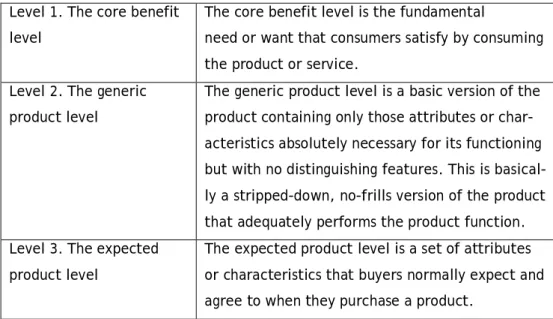
Brand Equity
Building Brand Equity
These assets form the foundation of brand equity and build value for both the customer and the firm. Brand equity assets influence consumers' certainty in their purchase decision and can increase customer satisfaction.
Source of Brand Equity
Brand Awareness
Brand recognition is consumers' ability to associate the brand with a previous experience or exposure when given the brand as a cue. Consumers should actively search for the brand and be able to recall it from memory when relevant.
Brand Image
According to research, brand recognition is important to consumer decisions at the time when the brands, logo, packaging and so on are physically present. It is important to note that although brand recall may be less significant at the time of purchase, consumers' judgment and choice will still often depend on what they remember about the brand and being able to identify it there.
Customer Based Brand Equity Model
The six "brand building blocks" represent a pyramid and the creation of the brand equity includes reaching the top of the pyramid. The basic theory of the customer-based brand equity model is that the true degree of a brand's strength is the way consumers experience and behave towards the brand.
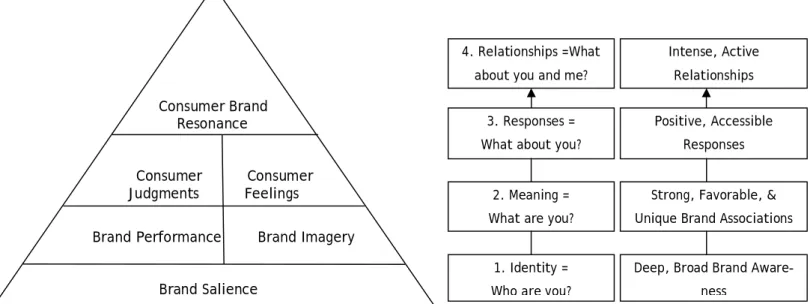
Brand Elements
- Choice Criteria of Elements
- Brand names
- URLs
- Logos and Symbols
- Slogan
Professor Keller points out that a brand should include several options and tactics of brand elements. The brand name may be the most central of brand elements because it usually adapts the core association of a product or service in an economic way.
Differentiation of Brand
In other words, they can be considered a key means of summarizing and understanding marketing programs in short words or phrases.
Other Marketing Communication Tools
- Advertising
- Promotion
- Event Marketing and Sponsorship
- Public Relations and publicity
Placement advertising can be defined as out-of-home advertising, which means it takes advertising outside of traditional media. Placement advertising can be implemented in billboards, movies, airlines, lounges, product placement and point of purchase. Keller describes sales promotions as short-term incentives that inspire trial or use of a product or service.
There are clear advantages with sales promotion as in some cases sales promotion is more. Public relations and publicity can be identified in different programs and aim to promote or protect the image of the brand or organization or its individual products and services.
Customer Relationship Management
A consumer sales promotion allows manufacturers to set different prices for different consumer groups that differ in their price sensitivity. Carefully planned promotion can create brand equity through information or product and service, helping to create strong, favorable and. For marketers, event sponsorship offers a variety of communication opportunities and allows event sponsors to deepen and enhance their relationship with target markets by participating in a memorable and personally relevant moment in the consumer's life.
Marketers are now recognizing that although public relations are useful during a marketing crisis, they must also be an essential part of any marketing communications program to increase and improve brand awareness and brand image. Brands or organizations that use advertising and promotion can benefit from integrating the two well-.
Summary of the Theoretical background
Theoretical Framework
Descriptive research is mainly aimed at describing phenomena and not concerned with understanding why behavior is the way it is. When researchers set up a template to describe how they think the world is, descriptive research will be quite useful. In other words, a research project regarding little-known phenomena starts with descriptive research.
Explanatory research is mainly taken to describe phenomena, and then researchers can explain why behavior is the way it is. Furthermore, predictive research is used not only to explain behavior, but also to predict future behavior with explanatory variables associated with the phenomenon.
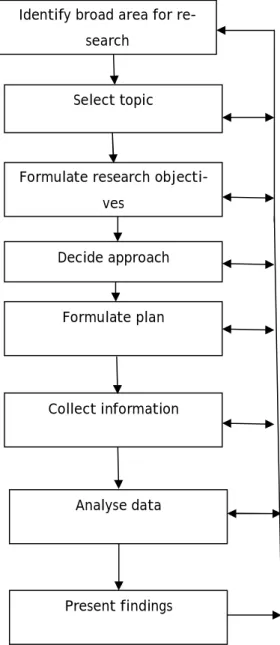
Research Method
Validity and Reliability
In terms of questionnaire, high reliability indicates that the research should be repeatable with the same results at different times, assuming that what is being researched has not changed. The reliability of the staff survey was challenged by the small sample size of the staff due to the low number of employees during the time of survey. The research does not meet the requirements of reliability, but the results were valuable to the case company.
Methodology
The first part consists of the respondent's basic information, which asks about age, gender and income. The fourth category of the questionnaire is aimed at discovering the consumer's thoughts about the product and service from the case study. The questions were designed to assess the consumer's knowledge of the case study and to use the findings as a basis for improving brand awareness and brand image so that brand equity can be created and strengthened by focusing on customers.
The survey measures consumer perceptions of the brand elements that contribute to brand equity. The aim of the dissertation is to evaluate consumer brand knowledge related to brand awareness, brand image and customer service and the effects this has on the creation of customer-based brand equity.
Analysis of the Results
Part 1
The statements evaluate whether the respondents had a previous contact with the case study and the series of consumer visits as well as the background of the respondent in terms of age and income levels. In terms of age, the 25-34 category had the highest percentage followed by the 18-25 age group with 25 percentage. With reference to table 2 it can be seen that among the consumers of Steam Coffee there is a large level of average income which is responsible for 42, 4 percent.
Part 2
More than 40 percent answered that they visited Steam Coffee less than once a month while 39 percent answered that they visited weekly. The results indicate that Steam Coffee has a relatively high loyalty with consumers due to the frequency of visits. The statement examines whether the respondent had a previous contact with Steam Coffee or whether this visit was their first contact.
The results show that 50 percent of consumers answered "No" to the statement about knowledge of steamed coffee, suggesting that these consumers might. Considering the 47 percent who answered "yes", we can assume that customers know Steam Coffee well.
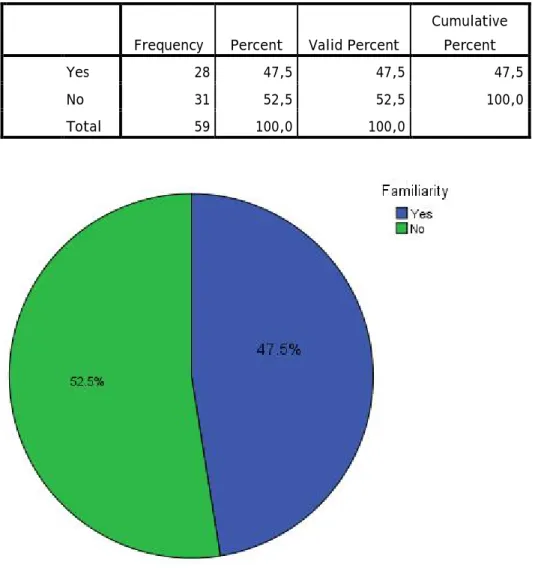
Part 3
The tables show that the brand name "Steam Coffee" is "simple" according to consumers with 59 percent of respondents agreeing with the statement. The results show that Steam Coffee has a relatively high level of brand awareness and recall. According to Table 13, the brand image of "Steam Coffee" is not "boring" with 39 percent of respondents agreeing with the statement.
It can be assumed that Steam Coffee has not built a strong brand image with the customers. Table 17 and Table 18 indicate that the logo of "Steam Coffee" is considered elegant by 42 percent and attractive by 55 percent, which means that the logo has a high level of likeability and satisfaction among consumers.
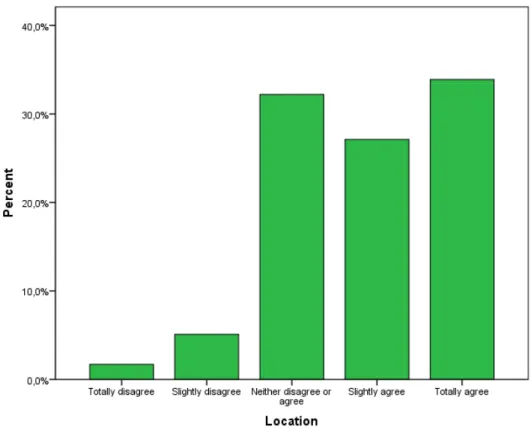
Part 4
In other words, over 72 percent think that the quality of the products is excellent, which indicates that the brand "Steam Coffee" enjoys a high level of customer satisfaction regarding the quality of the products. The price level of Steam Coffee compared to Wayne's Coffee, Robert's Coffee, Coffee House, Fazer and Café Java is. According to Table 24 if customers will return to Steam Coffee, 60 percent agreed they would like to return.
In terms of recommending "Steam Coffee" to others, 50.8 percent agreed to recommend to others, while 20.4 percent disagreed to recommend to others. The results indicate that the brand has a high level of customer satisfaction and brand recognition, which leads to brand awareness.
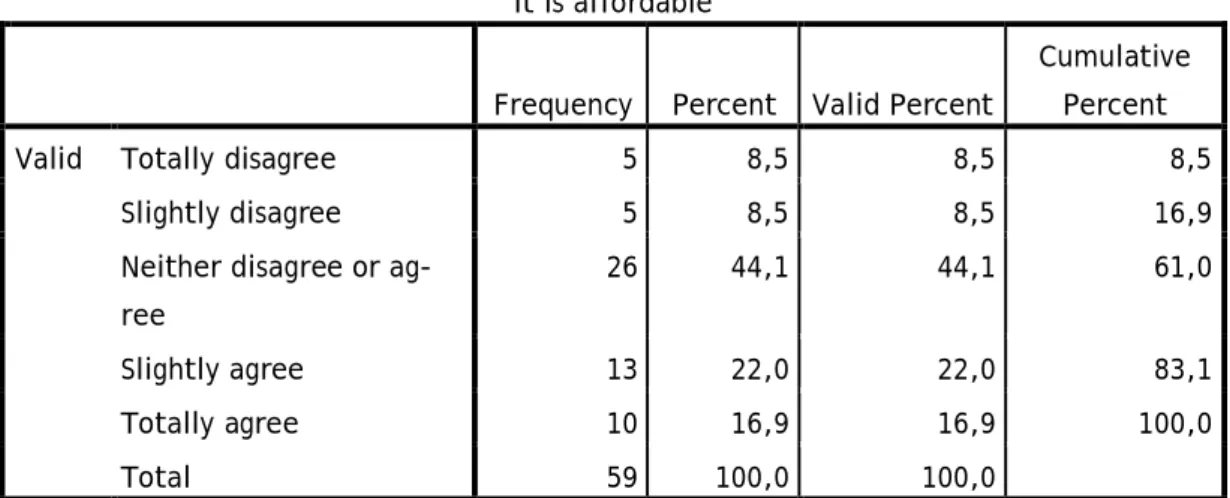
Staff Analysis
The staff at Steam Coffee completely agree 100 percent that fresh produce is the most important value of Steam Coffee. According to Table 27, staff strongly agree 100 percent that Steam Coffee's customer service is "good." Based on the results mentioned above, which are relevant to the main aspects, namely building brand equity by improving customer service and evaluating customers' and staff's perception of the Steam Coffee brand, conclusions and recommendations will be discussed.

Conclusion
The brand elements of Steam Coffee are associated with simplicity and easy to remember, so some of the criteria for choosing brand elements are well achieved with the Steam Coffee brand. Most consumers are willing to return and recommend the brand to others. This indicates that consumers have established relationships with the brand that include some level of brand loyalty and satisfaction.
This is a favorable brand association that shows the brand personality that the staff wants to convey to consumers. It can be concluded that although brand perceptions are somewhat positive, much work needs to be done to achieve strong brand equity by leveraging brand awareness and brand image.
Recommendations
The Steam Coffee employee has unanimously experienced the customer service as very good. With successful use of the internet, it can build a customized and personalized brand image of Steam Coffee. To be a strong brand, it is highly recommended that Steam Coffee develop all aspects of the brand and conduct further research.
Steam Coffee is a newly opened coffee shop belonging to Niklas Capital Oy located in Espoo, Finland. Steam Coffee includes two cafes located in the central area of Helsinki in Kaisaniemi and Tennispalatsi.
Questionnaire
Questionnaire for staff
